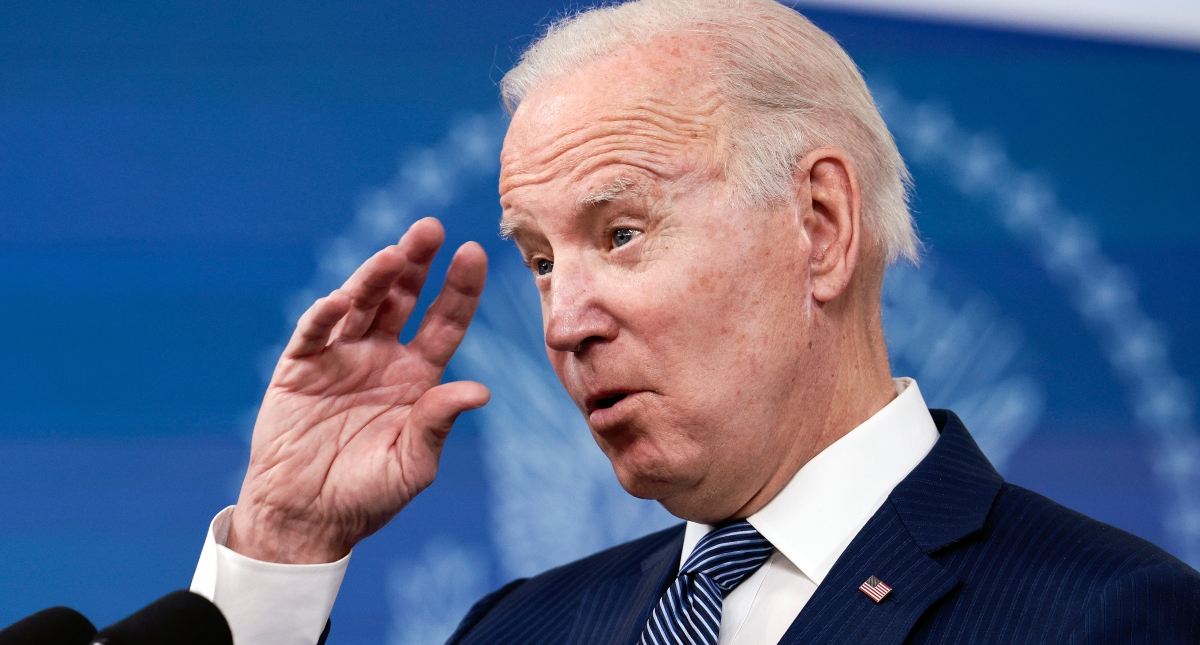OPINION: This article may contain commentary which reflects the author's opinion.
The Biden administration has reached an agreement with the government of Mexico to restart the Trump-era “Remain in Mexico” policy that saw migrants shunted to south of the border to wait for their asylum hearing if they were caught crossing illegally into the U.S.
The deal comes on the heels of federal court rulings ordering the administration to reimplement the program after President Joe Biden illegally ended it via executive order shortly after taking office in January.
“As required by a federal court order, the Department of Homeland Security (DHS) has been working in good faith to re-implement the Migrant Protection Protocols (MPP) program,” the Department of Homeland Security said in a statement.
“Today, in coordination with the Departments of State and Justice, DHS announced key changes to MPP to address humanitarian concerns raised by the Government of Mexico and shared by the U.S. Government,” the statement continued.
The administration is still looking for a way to permanently abolish the program, as Fox News reports:
The Biden administration had abolished the program, known officially as the Migrant Protection Protocols (MPP), earlier this year. The program, set up and expanded in 2019, kept migrants in Mexico while migrants awaited their hearings rather than being released into the U.S. interior. It saw the construction of court tents along the southern border which migrants would enter for their proceedings.
The Trump administration hailed it as a key cog in its efforts to end “catch-and-release” and stem the flow of migrants that had surged into the U.S. that year. Opponents have said the policy was cruel and puts migrants at risk of violence and exploitation in Mexico. The Biden administration began unraveling the program shortly after entering office, and shut it down entirely in June.
But a federal court order, upheld by the Supreme Court, ordered the Biden administration to re-implement the program after Missouri and Texas argued that the policy had not been rescinded lawfully.
Federal courts ruled that Biden did not follow U.S. statutes under the Administrative Procedures Act when he ditched the program via executive order. Federal courts ruled in similar fashion against then-President Donald Trump when he tried to end the Deferred Action on Childhood Arrivals (DACA) program implemented by his predecessor, President Barack Obama.
Now, however, the White House is working on finding a way to end the MPP that is not going to be subjected to a legal challenge after having conducted a full review of the effects of ending the program, while implementing it in the meantime.
Homeland Security Secretary Alejandro Mayorkas issued a memo to formally end the program in October. On Thursday emphasized he has “repeatedly stated that MPP has endemic flaws, imposed unjustifiable human costs, pulled resources and personnel away from other priority efforts, and failed to address the root causes of irregular migration.”
“On Thursday the administration said the changes it is making to the program to satisfy Mexico’s concerns include making sure that cases are concluded within six months, opportunities for legal assistance, more information to enrollees and the exclusion of ‘particularly vulnerable individuals,'” Fox News reported, adding: “Those enrolled will also be offered (but not mandated) COVID-19 vaccines.”
“The U.S. Government will work closely with the Government of Mexico to ensure that there are safe and secure shelters available for those enrolled in MPP; that individuals returned under MPP have secure transportation to and from U.S. ports of entry; and that MPP enrollees are able to seek work permits, healthcare, and other services in Mexico,” the DHS statement said.
Within a few hours, the Mexican government issued its own statement, saying that, because of the changes, “for humanitarian reasons and on a temporary basis, the Government of Mexico has decided that it will not return to their home countries certain migrants who have an appointment to appear before an immigration judge in the United States to request asylum there.”
